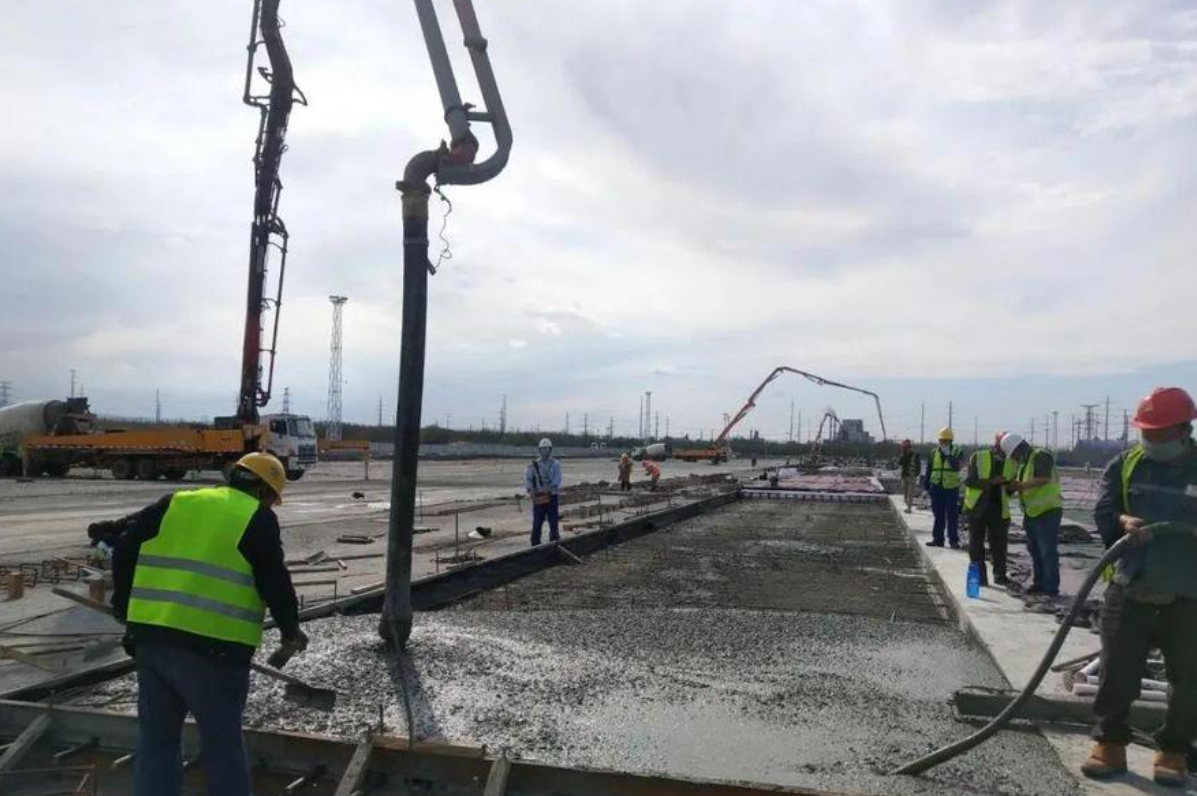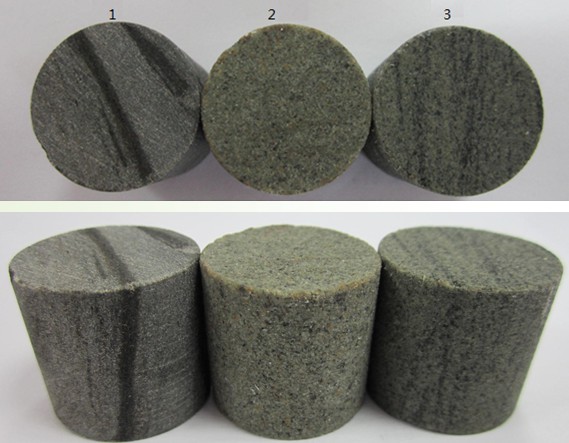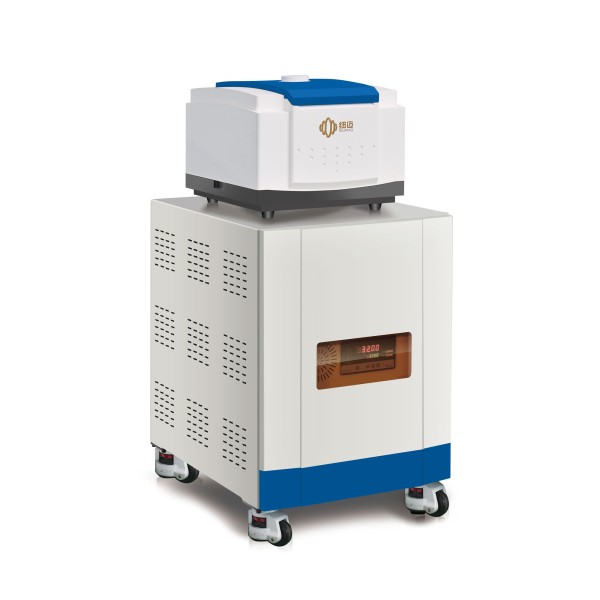Concrete Bleeding Analysis by NMR
Concrete bleeding refers to the phenomenon where coarse aggregates settle while water floats up during the transportation, vibration, and pumping of concrete. It is a critical aspect of the workability of fresh concrete. The key indicators describing the bleeding characteristics include the bleeding amount and the bleeding rate.
Concrete Bleeding Study
The water-cement ratio plays a significant role in concrete bleeding. Higher water-cement ratios result in longer setting and hardening times for cement, more free water, and increased bleeding in concrete. Excessive admixture or the addition of retarding components can also lead to large bleeding and segregation of freshly mixed concrete. This causes a considerable amount of free water to leak out of the concrete surface, affecting cement setting and hardening, and reducing the water retention performance of the concrete.
Cement, as the most important cementitious material in concrete, greatly influences concrete bleeding. Cement’s setting time, fineness, surface area, and particle distribution all impact concrete bleeding performance. Longer setting times of cement lead to longer setting times for the prepared concrete, making it more prone to bleeding. Coarser cement with a smaller surface area and fewer fine particles (<5μm) in the particle distribution increases the likelihood of concrete bleeding due to inadequate hydration product sealing of capillaries.
The harm caused by concrete bleeding includes poor surface strength, weathering resistance, and erosion resistance. The water floating on the concrete surface creates bleeding channels, increasing permeability and allowing harmful substances to enter the concrete, leading to surface damage. The appearance of laitance on the surface due to bleeding lowers the concrete’s strength and wear resistance, particularly problematic for concrete surfaces requiring wear resistance, such as road surfaces.
Concrete Bleeding Study by Low Field NMR
Low-field NMR analysis is a novel technology that has emerged recently for measuring the physical parameters of cement and rock. This technology utilizes the fact that water has a significant number of hydrogen protons, which are the signal source of NMR. By calibrating the NMR signal, the mass of water in substances can be accurately measured. This method allows for the calculation of pore volume in porous media by measuring water mass and its known density after vacuum saturation. Consequently, it enables the study of pore structure changes in various cement-based materials.
Concrete bleeding is an essential aspect of fresh concrete workability, with water-cement ratio and cement properties being critical factors. Understanding the nature of concrete bleeding and utilizing advanced technologies like low-field NMR can help researchers and engineers optimize concrete mixtures and enhance concrete performance in various applications.
 NIUMAG
NIUMAG

